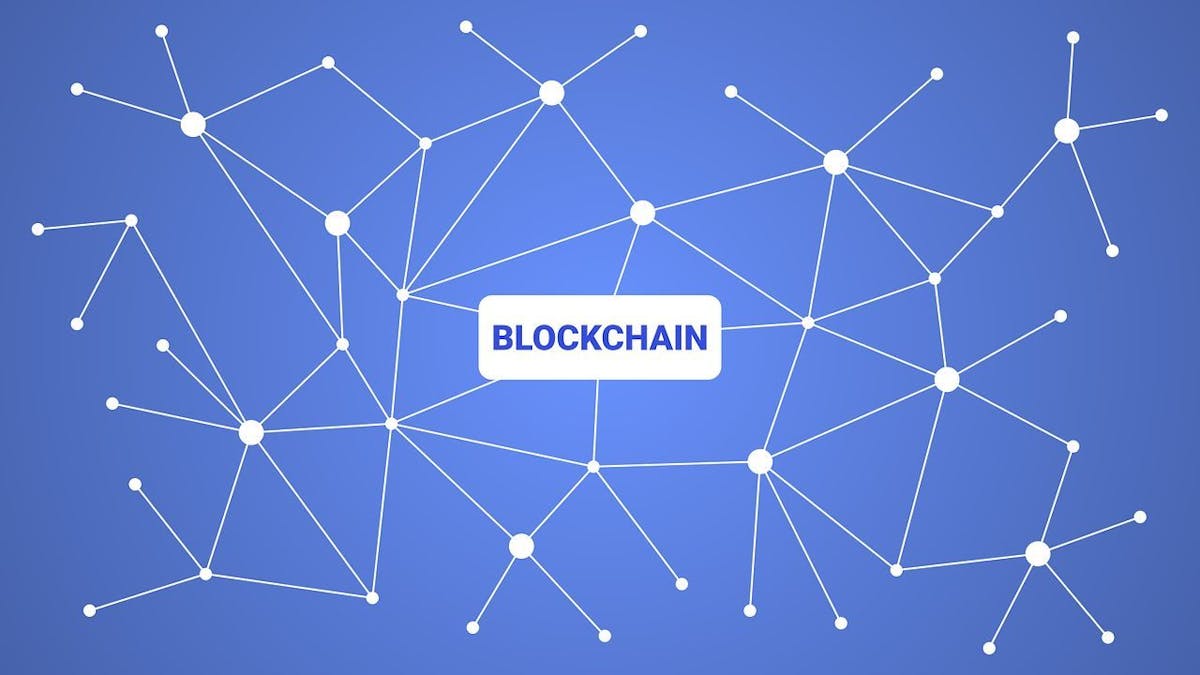Avalanche is one of the most remarkable L1s in the Web 3 world. It has a market capitalization of 23$ billion and a TVL of more than 11$ Billion. This article is all about What are Avalanche Subnets and whether will it solve the RPC issue. Let’s take a look at it in more detail.
What is Avalanche?
Avalanche is a blockchain that undertakes issues like scalability, security, and decentralization. It was established in September 2020. Its swiftness, adaptability, affordability, and accessibility have handled three key problems in the cryptocurrency industry. By deploying Avalanche, any smart contract-based Decentralized Application (DApp) may exceed its rivals. Avalanche functions similarly to Ethereum in terms of functionality. It utilizes a Proof of Stake (PoS) consensus method, similar to what Ethereum is now emigrating to.
What Is An RPC (Remote Procedure Call)?
RPCs could come under the category of API (application programming interface) which permits developers to execute code that can be run on servers remotely. And when developers create dApps with RPC abilities, the app will be able to link users’ demands to data from blockchains. For example, when users utilize MetaMask to complete transactions, their calls go via an RPC to link them with the nodes that maintain the data from blockchains.
What are Avalanche Subnets?
Subnets are a creative vision for scaling blockchains that are motivated by sharding. In other words, Subnets build respective and interconnected instances of the duplicate blockchain. The distinction between sharding and Subnets is that Subnets are algorithmically developed and are projected custom by users or projects. Avalanche presently has three ultimate Blockchains that are employed for various reasons:
Most of Avalanche’s traffic operates on C-Chain, an EVM permitting the Dapps to be deployed and operate efficiently. The P Chain is in control of harmonizing Avalanche validators and is the chain utilized to create and assist subnets. Avalanche allows for unlimited subnets to be built, which is responsible for scaling. Each time a subnetwork gets utilized up a new Subnet can be formed. Subnets can also be installed within subnets with the exact design principles.
In other words, Subnets are basically the L2s of Avalanche but without transferring the security of the primary network while anyone can create a Subnet as long as they burn 1 AVAX.
By creating a Subnet on Avalanche, developers acquire access to a group of Validators than can confirm their network. All Validators confirm the Primary Network but can also validate additional Subnets. Each Subnet can have its special token that can be deployed with AVAX for more security. The rewards of validating a Subnet can range. Validators could gain dividends on the Subnet’s local token, especially raising the annual prize of operating an Avalanche validator. It is also feasible to validate various subnets with a single validator making the procedure extremely advantageous for those who prefer to invest in an Avalanche validator.
Avalanche Subnets: The current situation
The bear market has created an environment of uncertainties. Yet, it has not impacted the accomplishments that Avalanche is pushing, especially with their subnets. The project has just noticed first-hand the direct impact they have on gas fees with the migration of Crabada to its own subnet, decreasing from an average gas fee of 80-100 gwei to a constant 26-27 gwei, which is clearly touched when it comes to delivering transactions on the primary network.
The foremost two subnets that were established were those of Defi Kingdoms and the Crabada, two of the most famous crypto-games, demonstrating that a reliable subnet can sustain the increased traffic that these games entail. Also, as the expenses are delivered in their own local tokens, it gives new opportunities yet to be analyzed. Timing has not been the most suitable, as they have been founded in the middle of the bear market, but we can already watch the advantages of subnet technology and how necessary it will be once the market wishes to recover.
The upcoming subnets are Castle Crush and Dexalot. It is obvious that the most prominent application of a subnet is in the Game-Fi sector, which is why three of the four subnets are games, but that does not imply that this is their only benefit. For example, Dexalot gives utilities like speed and expenses of a subnet that can permit Dexalot to function as a CeX, reducing greatly the adverse consequences of the DeFi technology (speed and gas fees) in this kind of protocol.
GameFi and The Subnet
Avalanche is a layer-1 that has witnessed tremendous evolution in the past 12 months. The platform itself is remarkable in that its architecture contains three different chains, each with its distinct role, which is in turn validated and confirmed by the main network. As mentioned earlier, the Exchange Chain (X-Chain) manages the Avalanche Consensus Protocol and constructs and exchanges assets. The Contract Chain (C-Chain) manages the Snowman Consensus Protocol, EVM arrangements, and smart contracts.
When it comes to gaming, the third chain P-chain plays a crucial role. The Platform Chain (P-Chain) also manages the Snowman Consensus Protocol, harmonizes network validators, and authorizes the design of Subnets. Subnets qualify for a new state of scaling that has up until this point stayed unknown by other layer-1s.
For example, Subnets permit scaling in numerous manners, permitting multiple contending, or even potentially conflicting, views to live for a single cryptocurrency. Two distinct methods to sharding another scaling process could be deployed on a single chain. Subnets also permit endless chain creation for different use cases, such as subnets typical of one individual game or platform. Those subnets could then project their own subnets if needed, giving even more significant scalability. The number of subnets that can be built on Avalanche is also infinite. This gives infinite horizontal scaling.
Subnets present an extremely appealing solution to the challenges that will be engaged in the future of blockchain gaming. Booming games and metaverses will draw growing numbers of daily users. This growth in user base will usher in a successive gain in network activity and raise the risk of congestion and ensuing spikes in gas fees.
When viewing the growth in the activity that will also arrive with the development of the DeFi, DAO, and NFT world, it becomes obvious that there is an assertion to be made that gaming should not be there on the duplicate network as everything else. This is where Avalanche plays a crucial role.
Each Avalanche subnet can process 4500 transactions per second. There would be no match for network resources with other platforms, protocols, or rivals. This type of security is precise what game developers must provide for the continuous development of blockchain gaming in the future.
Conclusion
Subnets are the most elegant scaling solution so far. Avalanche is a swift and safe blockchain with unlimited scaling abilities that is also future-proof. Various methods can be deployed quickly without switching to another solution, as you can utilize the exact native asset and network. These scaling solutions and other capabilities could definitely solve the RPC issues in the GameFi and Play2Earn blockchain sectors. Yet, we have to wait and see.

